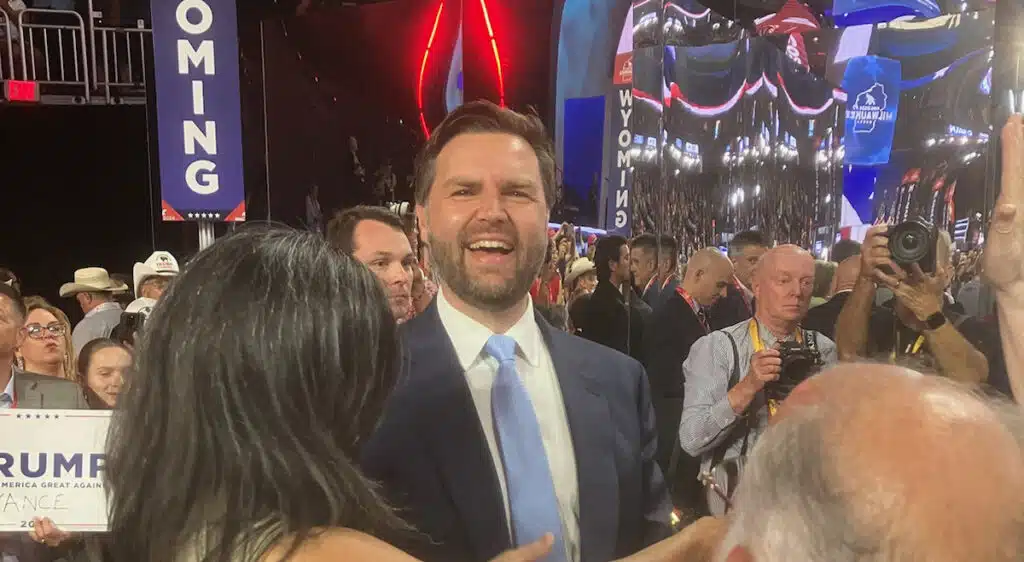
The Incompetent Liberal Media Misses the Story Once again as Trump taps JD Vance to be his VP
The number one rule for picking a Vice presidential candidate is do no wrong. There are very few times in American political history where Vice Presidential candidates have moved the needle, but there are examples where candidates such as Dan Quayle hurt the ticket.
After the failed assassination attempt on former President Trump, the importance of the 77-year-old former President picking a Vice Presidential candidate increased. Trump skillfully delayed his pick until the last possible moment to maximize the impact of the first debate, and he also managed to be one of the few Presidential nominees who was able to make his pick for Vice Presidential nominee without the story leaking ahead of time.
President Trump had narrowed his pick down to four candidates prior to Monday. The former President’s finalists were Tim Scott, Doug Bergum, Marco Rubio, and, of course, JD Vance.
Realistically, only Scott and Vance likely had a good shot to the position. A ticket of 2 individuals with a net worth over $100 million would have been a stretch if Bergum was the pick, and Rubio has differed from the President on key foreign policy questions.
While Vance has become wealthy as well, he doesn’t have the assets that Bergum does. Bergum is also not as well known nationally or within the Republican party. Tim Scott likely had appeal to the former President, but the Senator from South Carolina struggled in interviews with the mainstream media and had questionable answers to key issues such as the UAW strike, when he sided against the workers, an obvious misstep for any politician wanting to carry the key state of Michigan. Scott was not ready for prime time, and Trump also likely did not want to be seen as pandering to the black community.
Kristi Noem could have provided the most potential political benefit for Trump in the short-term by likely helping the former President with suburban women, but her resume to be President is light since she is the governor of a small state of South Dakota, and Noem has also not proven herself the way Vance did running for Senate in a state like Ohio.
The former President’s choice of Vance was about the future, not the past, and this decision was primarily about where the 77-year-old Trump sees his movement going after he passes away.
Vance is completely aligned with Trump on policy, he’s only 39, and he can appeal to all, or at least most, factions of the Republican party, as well as likely independent voters. Vance grew up in rural Ohio, but he went to Yale and was successful in business. Vance’s life bridges the story of working-class rural America with the development of the modern economy.
President Trump can obviously only serve one term if he is elected, and given his strong position in the polls, he focused on picking the leader to build on the movement he built. The former President is in a very different position than he was in 2016, when making Pence made sense to consolidate his support with the evangelical community. Trump focused on the future of the Republican party and his movement by tapping Vance, even though the Senator from Ohio provides very minimal current political benefit. Ohio is not a swing state anymore, and Vance will not likely have any significant appeal to suburban women or the black community, two demographic groups Trump has struggled with.
Vance should be able to assuage voter concerns about Trump’s age and he will be able to campaign in key states like Michigan and Pennsylvania, but the groups that the Ohio Senator appeals to the most are people that are already likely to support the former President. This pick was about the future, not the past, and this decision was much more about the long-term direction of the MAGA movement then any short-term political gain that this selection might have brought to the ticket.



